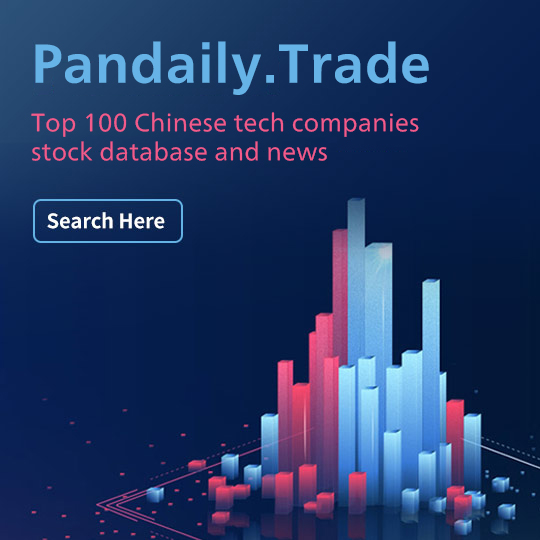Pandaily
Everything about China's Innovation
Since the bankruptcy and liquidation of Terra/LUNA, stETH, and 3AC, the transaction volume of the world’s NFT market has shown a downward trend. Among them, the transaction volume of OpenSea has gradually declined to $15 million per day by June. Meanwhile, China, on the other side of the ocean, is leading the digital collection market.
The single-day transaction volume of trading platform iBox exceeded $250 million. What is China’s digital collection? What is the difference between digital collections and NFTs?
Digital collections and NFTs themselves are digital art derivatives based on blockchain technology, but their technology, ecology, and distribution methods are different to some extent.
Since the end of 2021, China’s top internet companies have entered the game.
In 2021, as Alibaba , Tencent
, Tencent and other internet giants successively launched their own “label” digital collection platforms, digital collections began to enter the public’s field of vision. By the end of 2021, the domestic digital Tibetan market will show explosive growth. At present, the number of domestic digital collection platforms has grown from dozens to more than 500.
and other internet giants successively launched their own “label” digital collection platforms, digital collections began to enter the public’s field of vision. By the end of 2021, the domestic digital Tibetan market will show explosive growth. At present, the number of domestic digital collection platforms has grown from dozens to more than 500.
There are more than 70 digital Tibetan trading platforms in my country, 43 of which are on a small scale. The current platform is divided into three echelons in terms of the quality, quantity, traffic, cultural value, and blockchain technology level of collections. The first echelon is iBox and Alibaba , Tencent
, Tencent and Xiaohongshu. According to data, the current digital collection market size is about $18 billion, and it is expected to reach $82 billion in 2026.
and Xiaohongshu. According to data, the current digital collection market size is about $18 billion, and it is expected to reach $82 billion in 2026.
“iBox” is one of the most popular platforms in China. On June 15, iBox’s newly-released “Nonoku Avatar” was priced at 499 yuan ($74.40), and the current secondary market price is already around 26,600 yuan. The price of “Yihe Rui Beast” series blind boxes with a price of 99 yuan is currently higher than 4,000 yuan in the secondary market, and the price of “Kirin” with a rarity of “SSR” in the blind box is not lower than that in the secondary market – fifty thousand yuan. However, corresponding to the popularity, there has been a significant increase in rights protection incidents regarding user investment losses recently.
China’s digital collection market has gradually warmed up and entered the mainstream perspective, but the opposite method of strong supervision also limits the birth of a lot of content. It is undeniable that the scale of China’s digital collection market cannot be ignored.
A digital collection itself, like an NFT, is a part of the asset and can be hard to separate from its financial attributes. How the digital collection market integrates with the financial attributes is a direction worth looking forward to in the future.
SEE ALSO: China NFT Weekly: Dating in the Metaverse
The COVID-19 crisis is not just a battle in China, but a global challenge. As the disease spreads, we see tech companies around the world taking initiatives to combat COVID-19.
Is China-focused outbound investment as the theme for our first Fund solid enough? How long could China maintain its supply chain advantage?
On Tuesday, the Cyberspace Administration of China released the names and record numbers of the eighth batch of registered domestic blockchain information service providers, including 106 new entities.
The Hurun Research Institute released on Tuesday a list of metaverse companies it believes show the most promise in 2022. The list is made up of the Top 200 Chinese enterprises with the greatest development potential in the field of the metaverse.


Pandaily is a tech media based in Beijing. Our mission is to deliver premium content and contextual insights on China’s technology scene to the worldwide tech community.
The automated manchine translation of regional languages is powered by NiuTrans.






